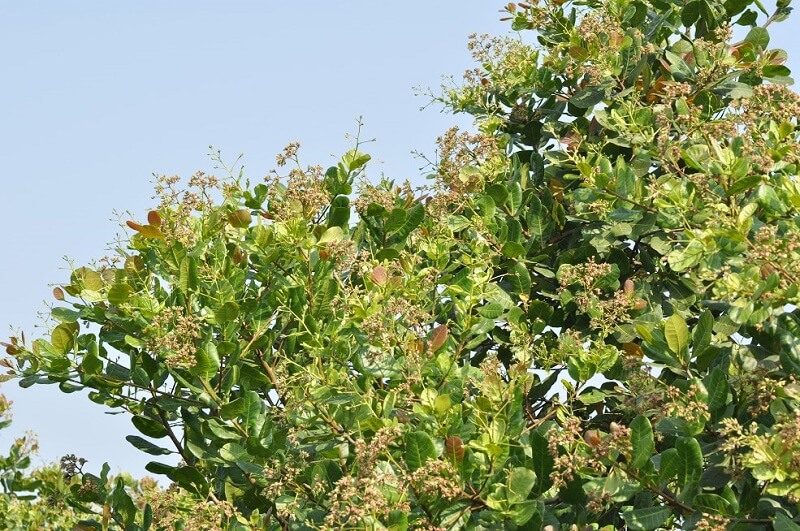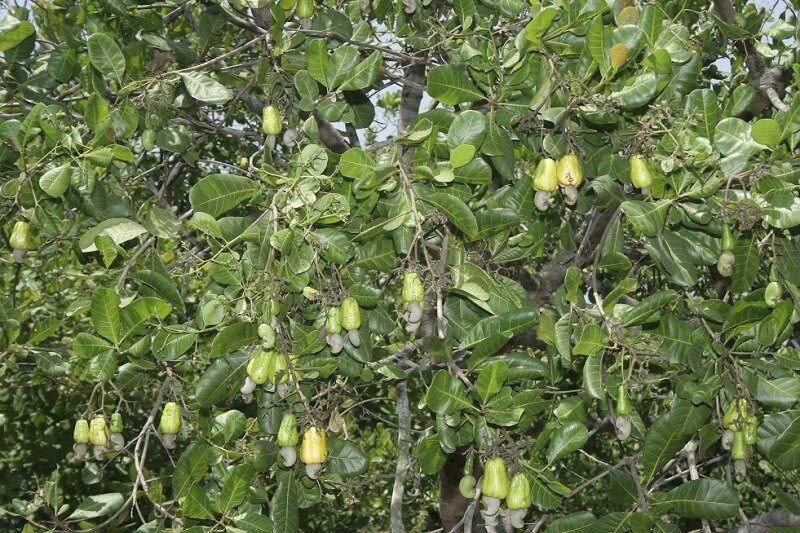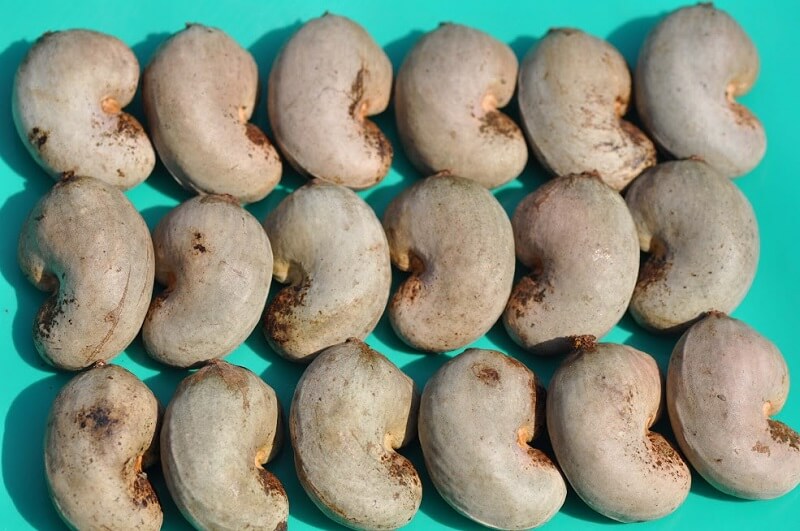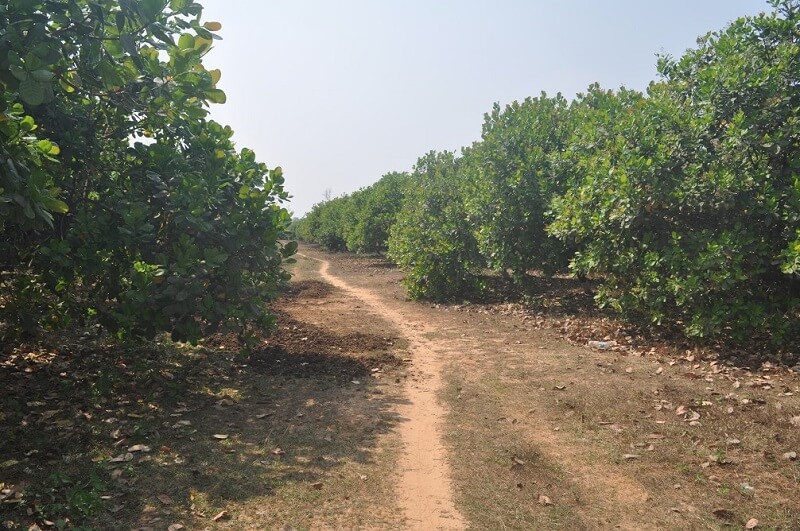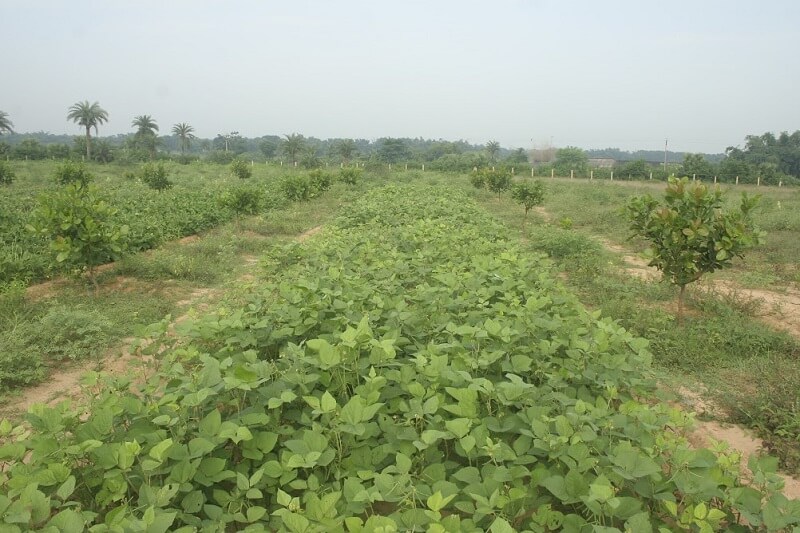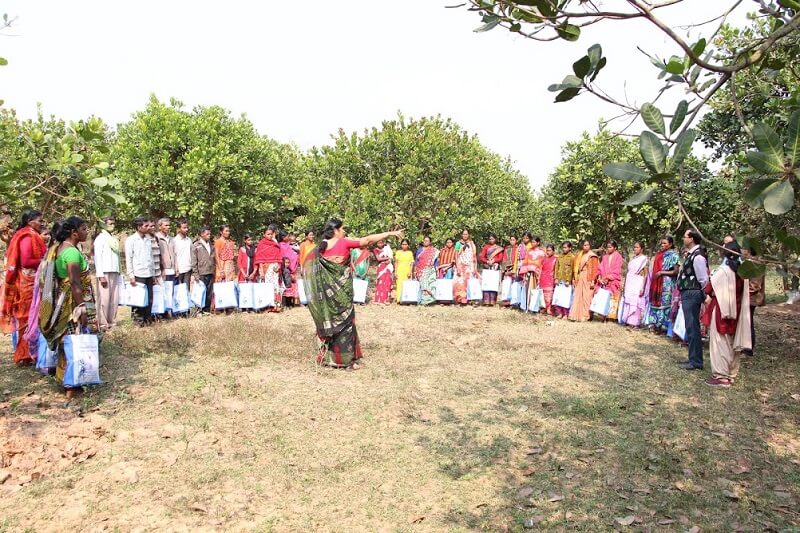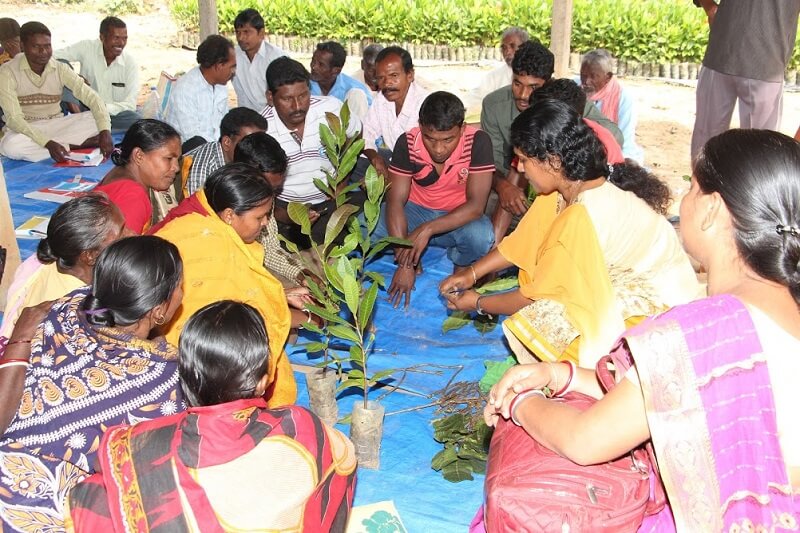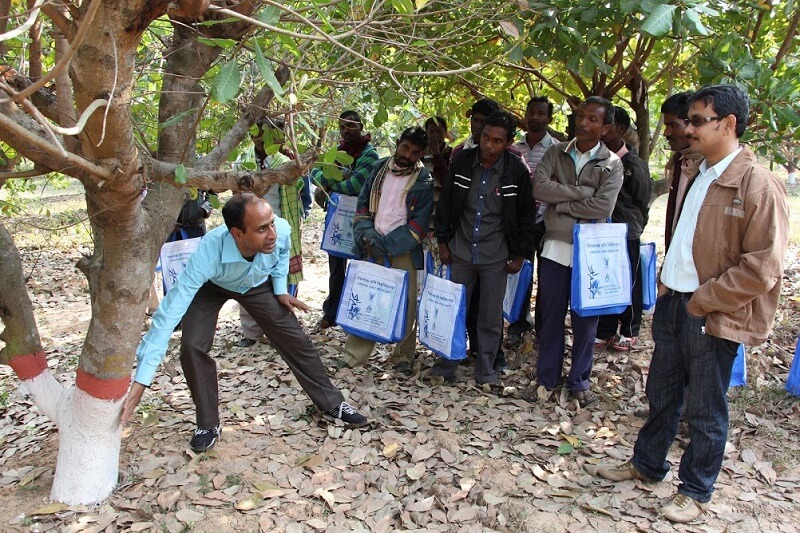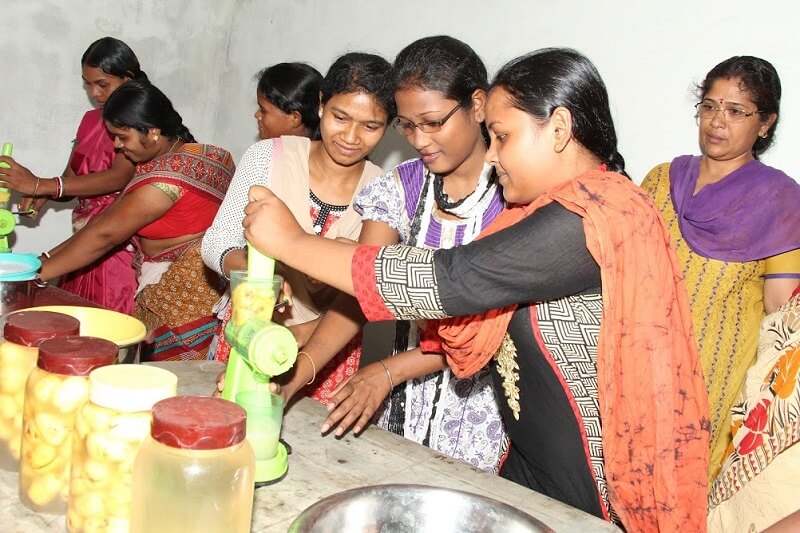AICRP on Cashew
Since 1980-81 research work has been carried out on various aspects of cashew cultivation at the Regional Research Station, Bidhan Chandra Krishi Viswa Vidyalaya, Jhargram Paschim Medinipur, West Bengal under the All India Coordinated Research Project on Cashew. Initially the research works on cashew were concentrated on evaluation of germplasms, collected from various locations, standardization of spacing, fertilize dose, spray schedule etc. Later research was diverted towards standardization of grafting procedure season of grafting, air layering and other propagation related matters as well as standardization of more modern techniques of cashew cultivation. Now a days, cashew research has been further modified to cope up with the current most globally concerned topic i.e. organic cultivation, canopy management, ultra high density planting etc.
BCCC 3 successfully completed till adaptive trials but could not be identified due to only 2% improvement over JRC 517
BCCO 6 has been notified, both for high yield( 6% over the checks ) and better fibre quality TD 3 grade against TD4 in the checks. This has already been notified and taken to farmers field where it was appreciated by the farmers and block level Administrative officers and there is demand for seed. In this case we are thinking of taking the seed production in Bankura and Birbhum Districts.
BCCC 1 has been notified for improvement in yield and quality ( .53% over the checks )and fibre quality W5 against W6 in the checks. This will be taken to the Capsularis belt in N 24 Pgs and Hooghly in this present year, already the area has been demarcated.
Centre has started on mutation studies in olitorius for selection of variants and character specific studies, isolation of desirable mutants and the effects on herbicide tolerance
AICRP/AINP on : AICRP on Cashew
Year of start/establishment of the Project: 1981 - 82
Staff Strength (Scientific/Technical or Supporting)
| Designation | Name | Date of Joining | Date of Leaving |
|---|---|---|---|
| Horticulturist, Associate Professor | Dr. Mini Poduval | 23.05.2000 | Continuing |
Infrastructure Available:
- Cashew Nursery
- Field Store
Mandate/Objectives:
Objective:
- Evolving high yielding varieties resistant/ tolerant to disease and pests.
- Standardizing agro techniques for the crop under different agro – climatic conditions.
- Evolving effective pest and disease management practices.
Mandate:
| Experiment No. | Experiment Title |
|---|---|
| Gen. 1 | Germplasm collection, conservation, evaluation, characterization and cataloguing |
| Gen. 3 Expt.3. | Varietals evaluation trials : Multilocation Trial V |
| Gen. 4. | Hybridization and Selection |
| Gen. 5. | Multilocation Trial VI (With Bold nut types from different centres of AICRP on Cashew) |
| Hort.6 | Intercropping in Cashew |
| Hort. 7. | Organic Management of Cashew |
| Hort. 8. | Ultra High Density Planting with three pruning responsive varieties |
| Ent.1 Expt. 3. | Chemical control of pest complex in cashew: Evaluation of insecticides for the control of TMB and other insect pests |
| Ent. 2 : Expt. 2. | Control of CSRB : Curative trial |
| Ent.3. | Influence of Biotic and Abiotic Factors on the incidence of Pest Complex of Cashew |
| Ent. 4. | Screening of germplasms to locate tolerant/ resistant types of major pests of the region |
| Dev.1 | Graft Production and supply to the farmers |
No. of Trials Allocated/Conducted During 2013-18:
No. of trials allocated : 16
No. of trials conducted : 16
Salient findings:
Crop Improvement:
- Germplasm Maintained: 287
- Varieties Released : 2 (Jhargram – 1 an Bidhan Jhargram -2)
- Varieties recommended after evaluation: BPP – 8, Dhana, Kanaka, Vengurla- 7, Bhaskara, Ullal- 4 , VRI – 3, NRCC Selection – 2, M- 15/4 and H- 303.
Crop Management :
- Fertilizer dosage of 500 g nitrogen, 250 g P2O5 and 250 g K2O per plant per year produced the best yield and are recommended for the region.
- The highest yield per plant and per block was recorded from trees planted at 10m x 5m rectangles and 6m x 6m x 6m triangular systems of planting respectively.
- Sub soil polymulch was found to be an effective method of moisture conservation and helps effectively to overcome the problem of moisture stress during the dry season.
- In situ cashew leaf composting has been found to add substantial amount of organic manure in soils of cashew plantations.
- The best time of pruning has been standardized and it is during July to august.
- Pigeon pea was found to be the best suitable intercrop in cashew plantation with maximum profit under West Bengal condition during initial years of plantations. Other suitable intercrops are cluster bean, black gram and groundnut.
- Seed spices like coriander, dill and fenugreek are suitable intercrops under cashew plantation during winter season if irrigation facilities are available.
- Under high density plantation 6m X 4m spacing was recommended with a fertilizer dose of 150 Kg N + 50 Kg P2O5 and 50 Kg K2O per hectare per year.
Crop Improvement:
- It was noticed that about forty different pests invade cashew and among them the most serious pest in West Bengal is the Cashew stem and root borer followed by leaf and blossom webber, shoot tip cater pillar, floral thrips and leaf miner.
- Foliar spray of Lamda cyhalothrin (0.6ml/lit) at flushing, Profenphos (1ml/lit) at flowering and Imidachloprid (0.6ml/lit) at fruiting stages was found to be the most effective pesticides for the control of cashew pests.
- Three times swabbing of basal tree trunk with neem oil 5% during November – December, January – February and March – April worked effectively as prophylactic treatment against cashew stem and root borer.
- Extraction of grub followed by swabbing three times with neem oil 5% worked effectively as curative treatment for cashew stem and root borer.
Recommendations at State/National Levels (Variety/ Technologies/Patenting etc):
- Varieties : Jhargram – 1 & Bidhan Jhargram – 2
- Agro-Techniques for cashew cultivation for the state have been developed as under
- Spacing and planting techniques:
- Pruning techniques for different types of cashew orchards with different varieties and different densities:
- Intercropping techniques under different spacing.
- Soil and water conservation technique for cashew orcharding under red and laterite zone of West Bengal.
- Spray schedule for higher yield in cashew
- Techniques to combat pest problems in cashew.
- Nutrient management schedule for different types of cashew cultivation.
Special Not Covered in Above:
- Booklets/Folders/ Extension bulletin published for the farmers : 13
- Documentary film produced on cashew cultivation technique : A documentary on cashew cultivation technique - YouTube


